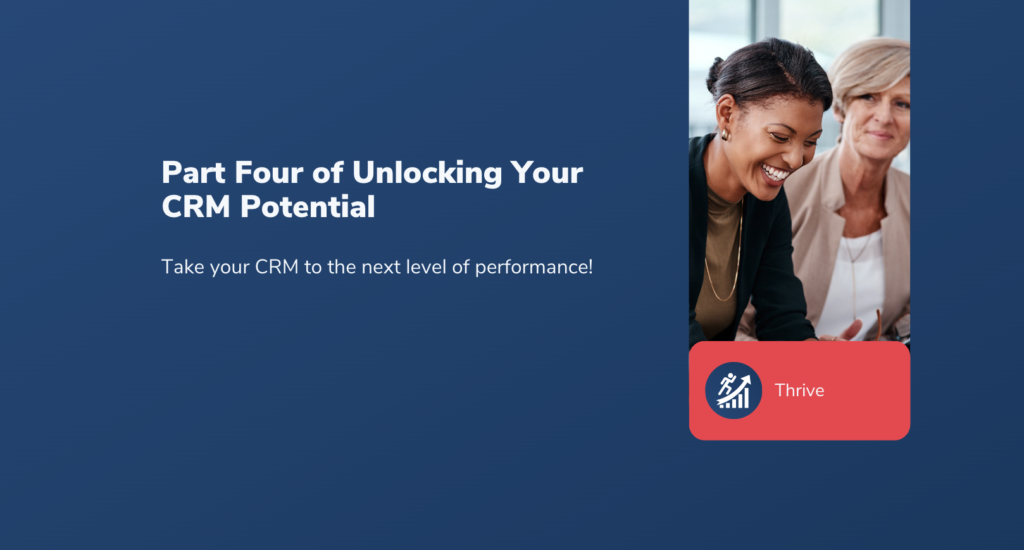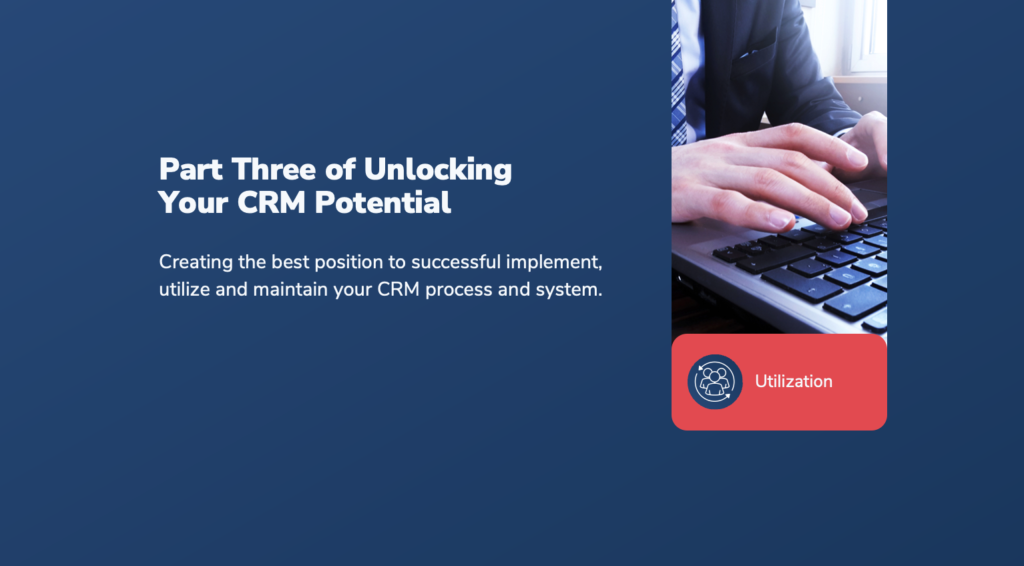Stop the Proposal Insanity!
You‘ve answered the same RFP questions over and over again. You know you’ve written a paragraph in a previous proposal and it’s somewhere in your computer. Where is it? It’s becoming clear that you need to systematize some part of your proposal process otherwise you’ll go insane. Congratulations! You’ve experienced enough pain and you’re now ready to choose proposal software platform to help you fix your proposal insanity (trust me, I’m laughing with you). Before you choose your proposal software, I have a few tips for you…
- Don’t implement a system in the middle your busiest time of the year for proposals. You may think you’ll increase productivity if you can automate the process as quickly as possible, but you won’t. When you decide to change the way you respond to RFQs or RFPs, there is a very steep learning curve. The first few times you use the new software, it can take you double the amount of time it usually does to assemble a proposal.
- Analyze the types of clients you serve. Consider the client types of the RFQs and RFPs you typically respond to. There are some great tools out there for responding to private companies and as well as some excellent tools to use when responding to government, municipalities, or other public clients. Picking the right type of software that was designed to work according to your client’s specifications can make a huge difference in your overall productivity.
- Think about the deliverables your clients typically want. Do you do more print proposals or electronic submittals? Some software solutions are better for purely digital deliverables while others work much better for paper submittals.
- Consider software systems your industry currently uses. I know when I was in the healthcare IT space, PMAPS was a popular system, while in the architectural, engineering, and construction (A/E/C) industries Deltek Vision is the standard for larger firms, but Cosential is the perfect choice for smaller or medium sized firms based on the price point. If you use the right proposal platform for your industry, it will be easier to find staff who know how to use it and this will lessen learning curve. Recently I’ve come across RFP365 which has some great functionality for both procuring and bidding.
- Think about how many people in your firm will be creating proposals or involved in the process. If you’re a small firm but are planning to grow in the next year, the type of system you implement may be very different from the firm with 3 offices and 15 people working on proposals at the same time.
- Do you have other systems you may want to integrate your proposal system with? In the A/E/C Industry, it’s beneficial for the marketing coordinator and/or marketing department to have access to financial data. Thus, a system that can integrate with your existing financial system is incredibly useful to eliminate manual data entry.
- Cost. You’ll notice I bring this up last. If you really have no budget to implement a proposal system, then focus on staying more organized with your content so that when you do have a budget large enough to get the system you pick one that will stick with you as you grow. Remember, with many of the software platforms out there, some configuration is usually required and that can cost you a few thousand dollars before the monthly or yearly subscription rate.
These tips cover the basics when it comes to choosing proposal software. Of course, there are other things that you may need to consider based on your industry. If you’d like help choosing your next proposal system, contact us!




